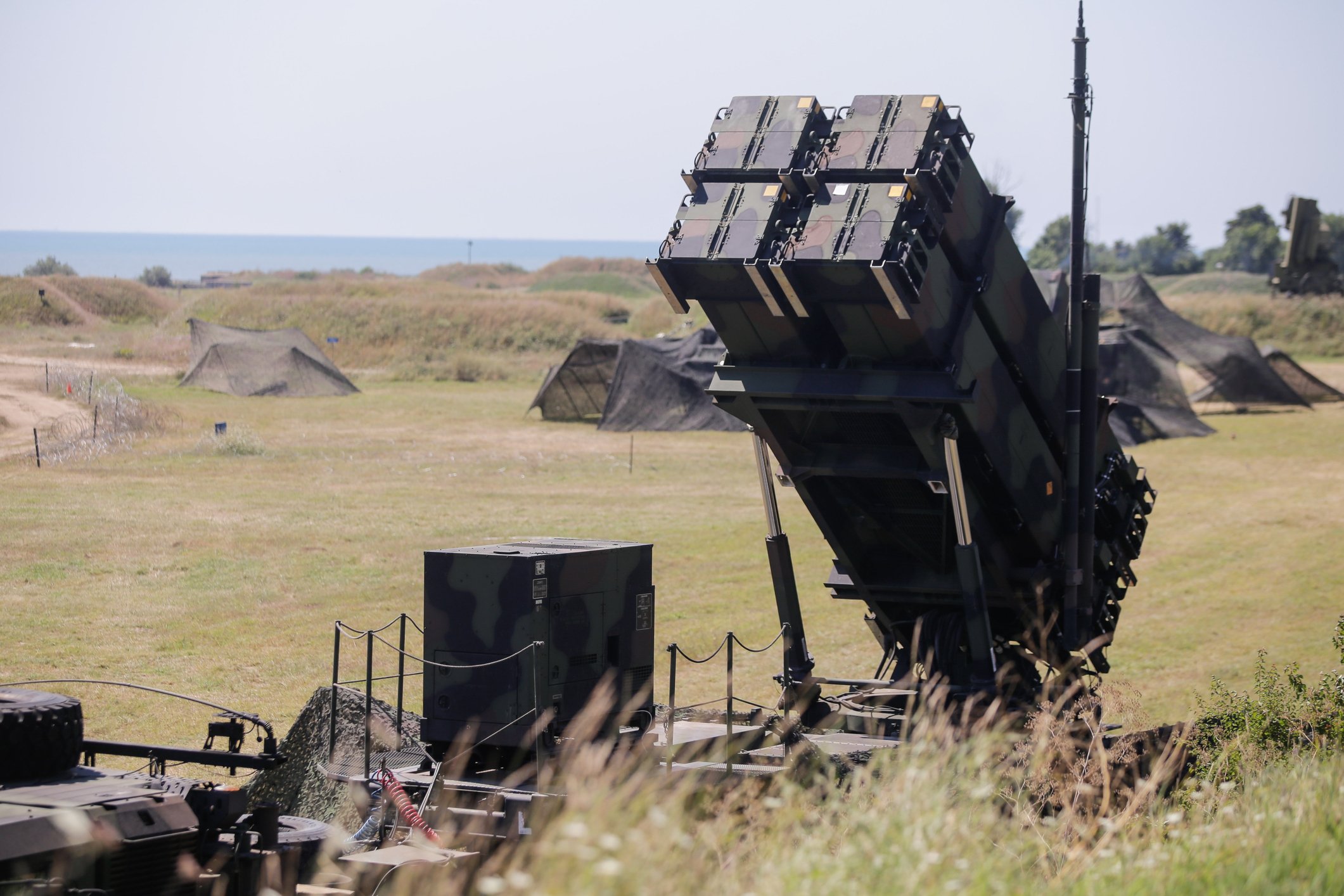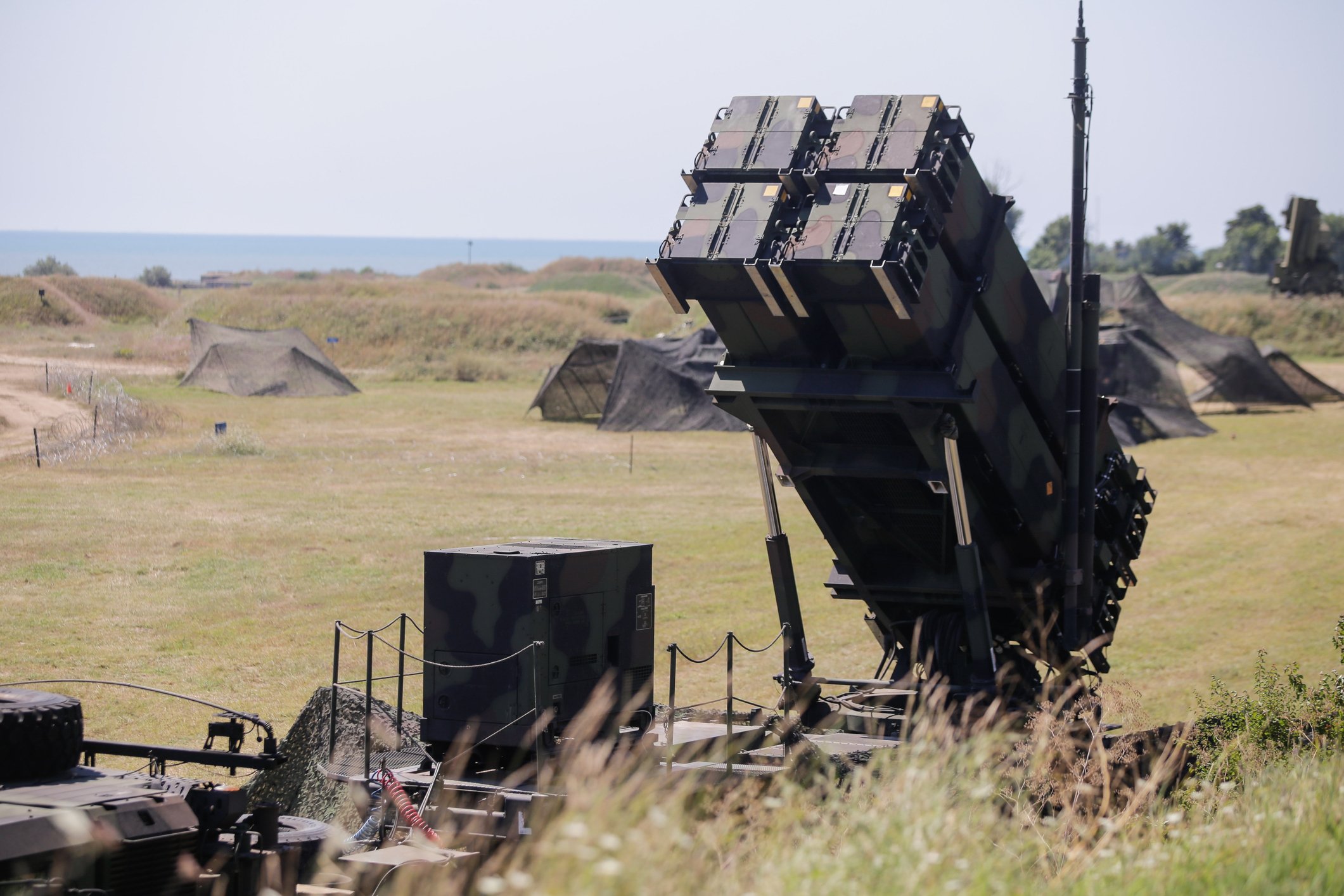Lockheed Martin (LMT +0.79%) reported earnings late last month, and the news was not great. Sales grew less than Wall Street had anticipated, and operating profit margins on those revenues took a big hit relative to last year.
Now by this point I think I've probably made my feelings clear on the valuation arguments against buying Lockheed Martin stock (or really stock in any of the big defense contractors). Valued at 1.8 times sales, 25.1 times earnings, and with a growth rate projected to remain in the single digits for the next half decade, I think Lockheed Martin stock remains pretty overpriced.
That said, if there's one thing we know about the stock market, it's that stock prices are not constant. One day soon, perhaps, Lockheed Martin stock won't look so expensive as it appears today. But when that cheaper price arrives, how will we know if it's a bargain? By keeping a close eye on the business -- and what better way to do that than by listening in as Lockheed Martin discusses its business with the analysts who know it best?
Here are five things we think you should know about Lockheed Martin, as revealed on its recent post-earnings conference call.

Lockheed Martin's earnings could soon be boosted by a familiar friend. Image source: Getty Images.
Cash is king
We generated $1.8 billion in cash from operations this quarter and $5 billion year-to-date. This performance in driving cash has allowed us to raise our 2017 outlook for the second time this year and we now expect to have cash from operations of greater than or equal to $6.2 billion in 2017. -- Lockheed Martin CEO Marillyn A. Hewson
Like I said before, Lockheed Martin's stock looks expensive when valued on GAAP earnings. But what about its free cash flow? According to S&P Global Market Intelligence data, Lockheed generated $4.6 billion in positive free cash flow over the last 12 months -- nearly $1 billion more than its reported earnings as calculated under GAAP. What's more, if management's comments prove accurate, free cash flow for the full year could exceed $5 billion.
When valued on its free cash flow, LockMart stock currently sells for 19.7x FCF, and that number could drop even more if Lockheed achieves $5 billion-plus FCF by year-end. Don't get me wrong -- the stock is still no great bargain at these prices. But Lockheed stock is cheaper than the P/E ratio alone makes it look.
F-35 updates
We're looking at about 16% sales growth in F-35 sales in 2017 over 2016. And as I look forward to 2018, there's still another mid-single-digit -- or 13% probably to 15% growth range in F-35 sales in 2018... We're expecting to be greater than 10% [on F-35] overall program margin in 2018. ... [Ultimately,] upper 10s is probably a good spot, frankly, for Aeronautics. -- Lockheed Martin CFO Bruce Tanner
With every passing day, Lockheed Martin's F 35 stealth fighter jet becomes a bigger and bigger part of Lockheed's business. Already, F-35 revenues account for approximately 37% of all Lockheed Martin revenues. Ultimately, that number could rise to 50% -- or more. This gives paramount importance to the profit margins that Lockheed earns on its F 35s.
Last year, Lockheed Martin earned a 10.5% operating profit margin on planes produced by its Aeronautics business. Now CFO Tanner is telling us that it expects to pass 10% profit margins on its F-35 as early as next year, en route to an ultimate goal of earning nearly an 11% profit margin, while growing that business in the midteens. For Lockheed Martin shareholders, this is excellent news.
New life for an old warbird
Bahrain's current fleet of 20 F-16s will be upgraded to the new Viper configuration, with an estimated value for this engineering work of over $1 billion... The State Department also approved the sale of 19 new production F-16 Viper aircraft to Bahrain worth approximately $2.8 billion. Once Congressional approval is obtained and the related contracts are executed, we will extend F-16 production beyond the 2021 timeframe. -- Hewson
The F-35 is a big part of Lockheed Martin's business, but it's not the only part. As we were reminded last month, Lockheed Martin's legacy F-16 fighter jet business is still alive and kicking -- or will be soon. Later in the earnings call, CFO Tanner noted that "we've ... got next year zero F-16 deliveries" scheduled for 2018, and dodged a question from Buckingham Research asking whether (and when) Lockheed might restart its F-16 production line.
Still, with dozens of orders for new F-16s and F-16 upgrades coming down the pike, and with billions of dollars in revenue at stake, Lockheed is going to have to restart production soon. When that happens, investors will want to take a good hard look at whether the historically high-profit margins that Lockheed used to earn on the F-16 remain intact.
Ships for sheiks
LCS ships for the Kingdom of Saudi Arabia ... we've actually received some funding and we're starting to do some design work and so forth on the LCS variants for use in that ship by the KSA. -- Tanner
With all the mountains of money that Lockheed Martin makes selling fighter jets, one part of Lockheed's business that consistently gets short shrift is shipbuilding. As one of the Pentagon's two preferred providers of Littoral Combat Ships (LCS), Lockheed Martin is an important provider to the U.S. Navy -- and perhaps soon to foreign navies as well.
It's been nearly a decade since we first learned of Saudi Arabia's interest in buying Lockheed's LCS for its navy. In May, we got confirmation of the magnitude of that interest: $6 billion in Saudi money anted up to purchase four LCSes from Lockheed Martin. At roughly $1.5 billion per ship, Saudi Arabia will be paying roughly twice the going rate for LCSes delivered to the U.S. Navy -- and Lockheed will presumably be earning a correspondingly high profit margin on the sales.
More good news for Lockheed Martin stockholders there.
Defense is big business (and getting bigger)
The House is recommending a base defense budget of approximately $593 billion, with the Senate putting forth a target of about $611 billion and these two positions must now be reconciled in conference. Each of these budget proposals reflect significant increases over both President Trump's $575 billion request and fiscal year 2017 enacted amounts. -- Hewson
And now let's end with just a few words on the big picture. With the election of Donald Trump as president, U.S. defense spending looks poised to rise -- perhaps faster than even Mr. Trump anticipated. Recommendations from the Senate and House suggest that the military, and military contractors such as Lockheed Martin, could see spending increases 3% to as much is 6% greater than White House estimates.
Assuming these budget increases come through as planned, Lockheed Martin and its shareholders can look forward to modest increases in sales at the least, and perhaps for years to come.






